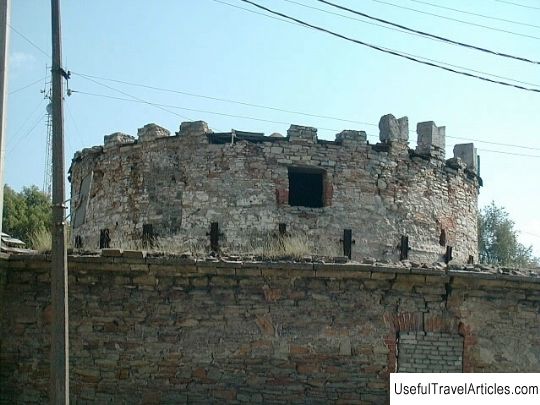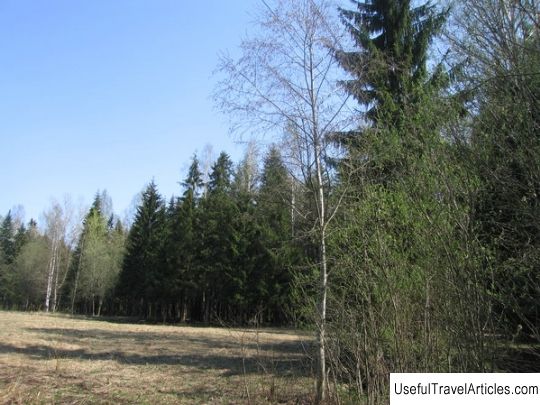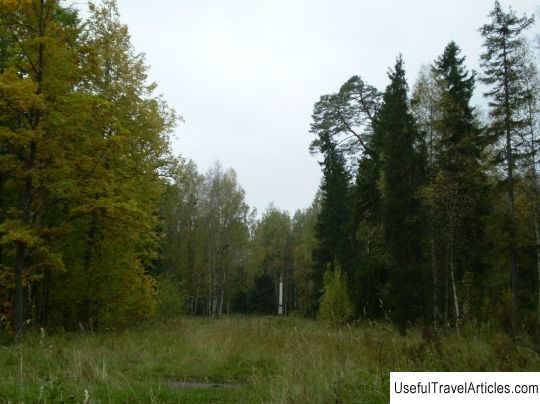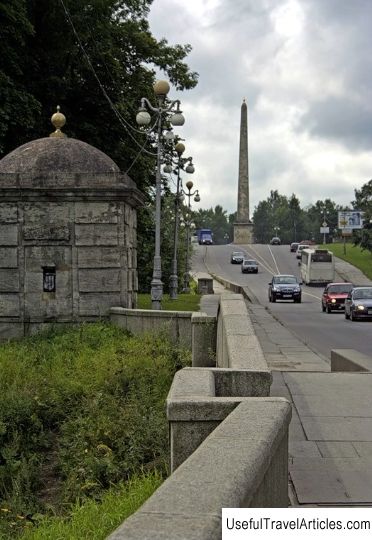Cloth factory building description and photos - Russia - Leningrad region: Gatchina
Rating: 9,0/10 (1636 votes) 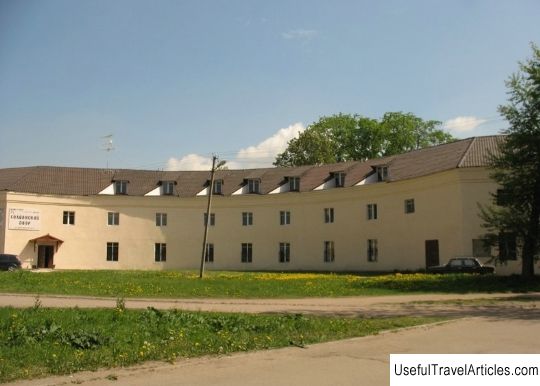
Cloth factory building description and photos - Russia - Leningrad region: Gatchina. Detailed information about the attraction. Description, photos and a map showing the nearest significant objects. Photo and descriptionOne of the oldest buildings in the city of Gatchina is the building of a cloth factory, which is located on the square that once bore the name of Sennaya, at the intersection of the current Dostoevsky and Krasnaya streets. This building is the rarest example of industrial architecture of the late 18th and first half of the 19th centuries. The cloth factory building stands at an angle to other buildings in the area. It was built on the remains of the foundations and walls of Swedish fortifications (according to other sources, a Swedish estate) left over from the times when Gatchina (Ingermanlandia) was under Swedish jurisdiction. Construction work was carried out from 1794 to 1796. However, it is known that the building plan was ready already in 1792, which gives reason to believe that the construction may have begun earlier. Besides, one of the canvases of the painter Johann Jacob Mettenleiter, painted approximately in 1790, depicts a building similar to the building of the Gatchina cloth factory. The exact date of the foundation stone of the building is unknown. Who is the author of the project of the building is also unknown, although there is an opinion that perhaps it is the architect Nikolai Alexandrovich Lvov. Despite the fact that the building was intended for industrial needs, it was decorated in tune with the facades of neighboring buildings and the entire Gatchina ensemble. Initially, it was one-story, with a central part in the shape of a horseshoe. On the sides of the factory building were two cubic towers. A building was erected from Pudost stone, from which many other buildings in Gatchina were built. Later, a second floor was erected over the central building. At first, oats were dried in the premises of the building, and therefore this place was called the Stone Barn. Only in 1795, when the Yamburg master Leburg arrived in Gatchina to organize the production of cloth, a production was located in the building. Seven years later, in 1802, the Leburg cloth shop was closed. The building was empty, and a little later it was transferred to the palace administration. By the decree of the emperor, chambers for the convalescent patients of the city hospital and servants of the Gatchina palace were placed in the spacious halls of the cloth factory. When the cholera epidemic began in 1831, a specialized cholera department was established on the premises of the factory. In 1832-33. the building was rebuilt. The author of the reconstruction project was the architect Aleksey Mikhailovich Baikov. Then a second floor appeared above the central part of the building, which housed workers' apartments and workshops. In 1855, the interior layout was changed again - two capital stone staircases and apartments for servants from the Gatchina Palace appeared. From 1833 to 1858 the building was rebuilt. The authorship of the project belongs to Andrian Vasilievich Kokorev. From 1894 to 1897, the right wing of the former cloth factory was given over to a telephone exchange and a telephone office. The apartment of the head of the telephone exchange was also here. The second floor housed the maritime service of the Gatchina admiralty. Later, the telephone center and the call center were moved to another building. The remaining vacant premises were given over to private housing. There was a theater in the premises of the former cloth factory for a short time. After the October Revolution, there were residential apartments in the building. In 1965, the facade was redecorated. In the 90s, the building was occupied by the local traffic police department. In 1996, it was decided to transfer the building of the former cloth factory to the Palace of Youth, which was opened in April 1999. In memory of the past, a rectangle was left unplastered on the main facade of the now restored building, in which you can see what material the building was built from.    We also recommend reading Kremlin Assumption Cathedral description and photos - Russia - Moscow: Moscow Topic: Cloth factory building description and photos - Russia - Leningrad region: Gatchina. |
